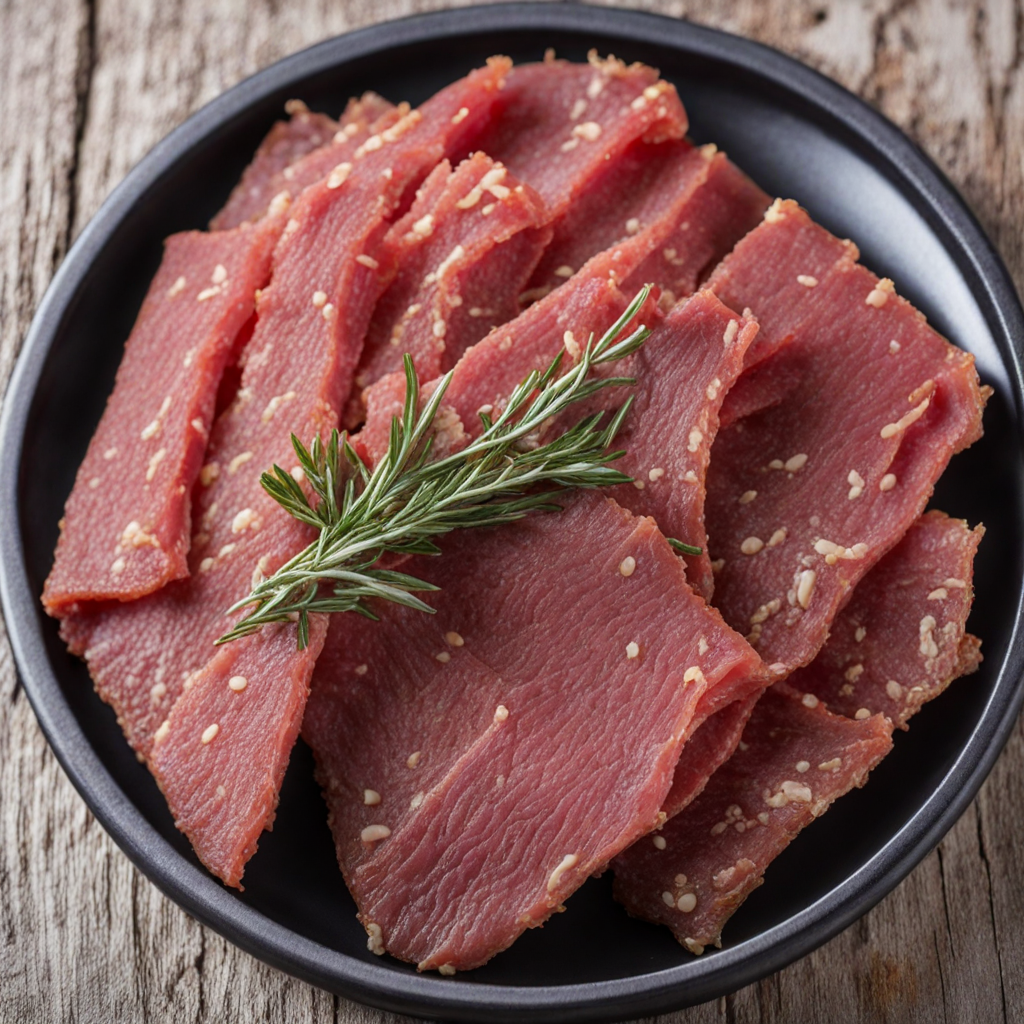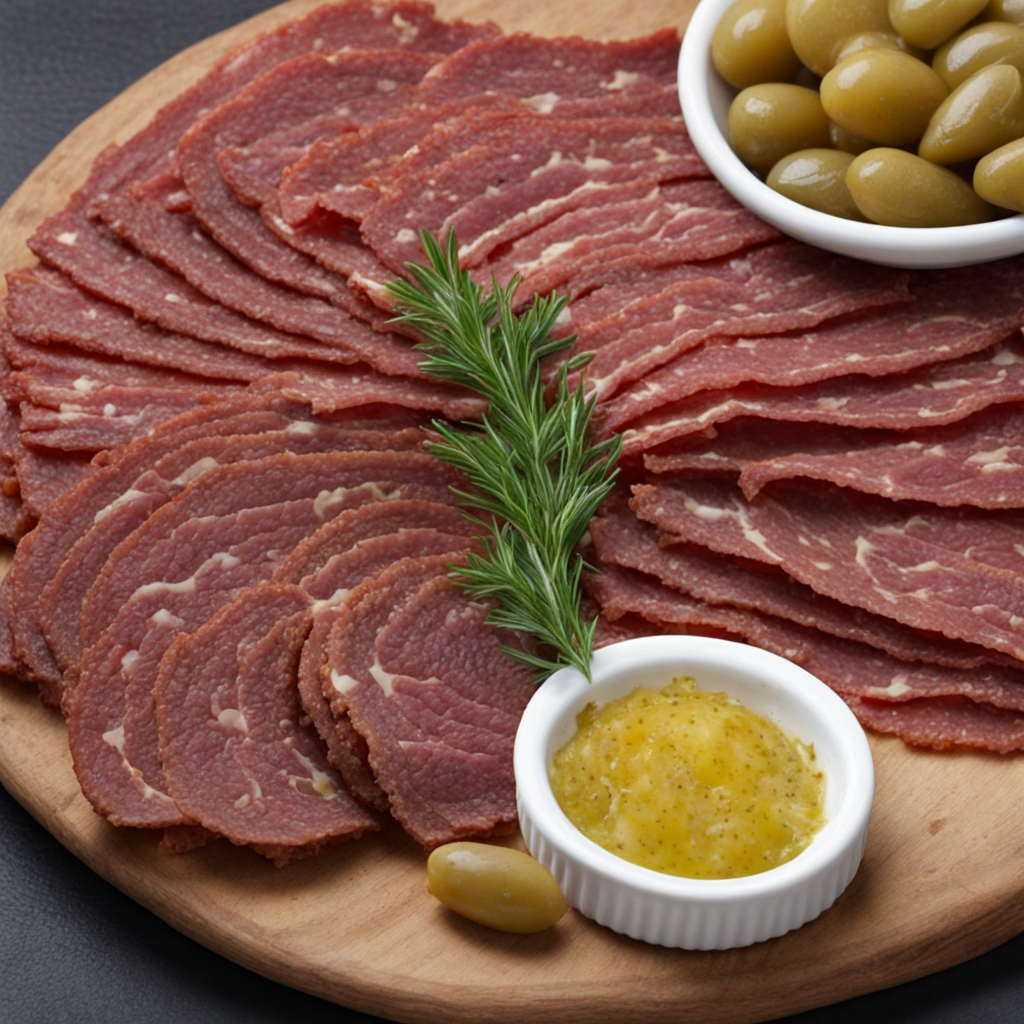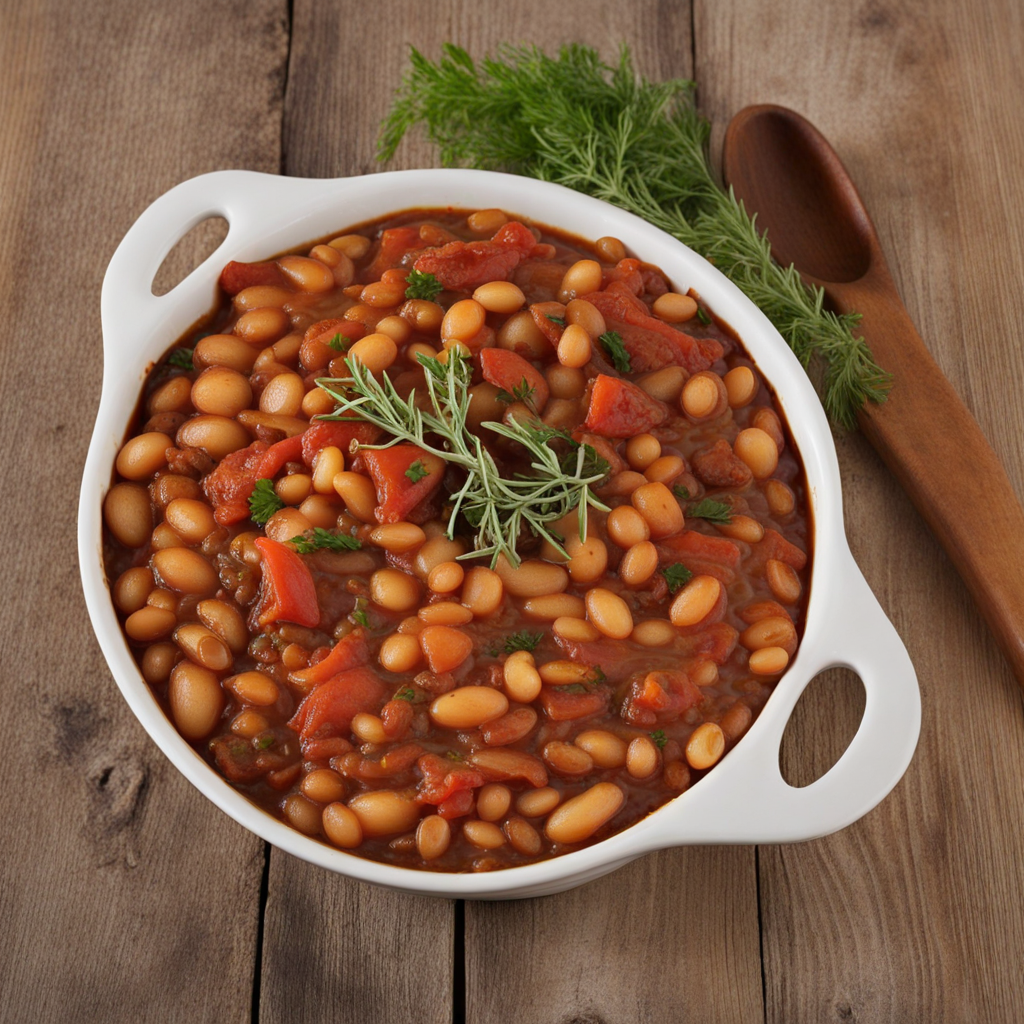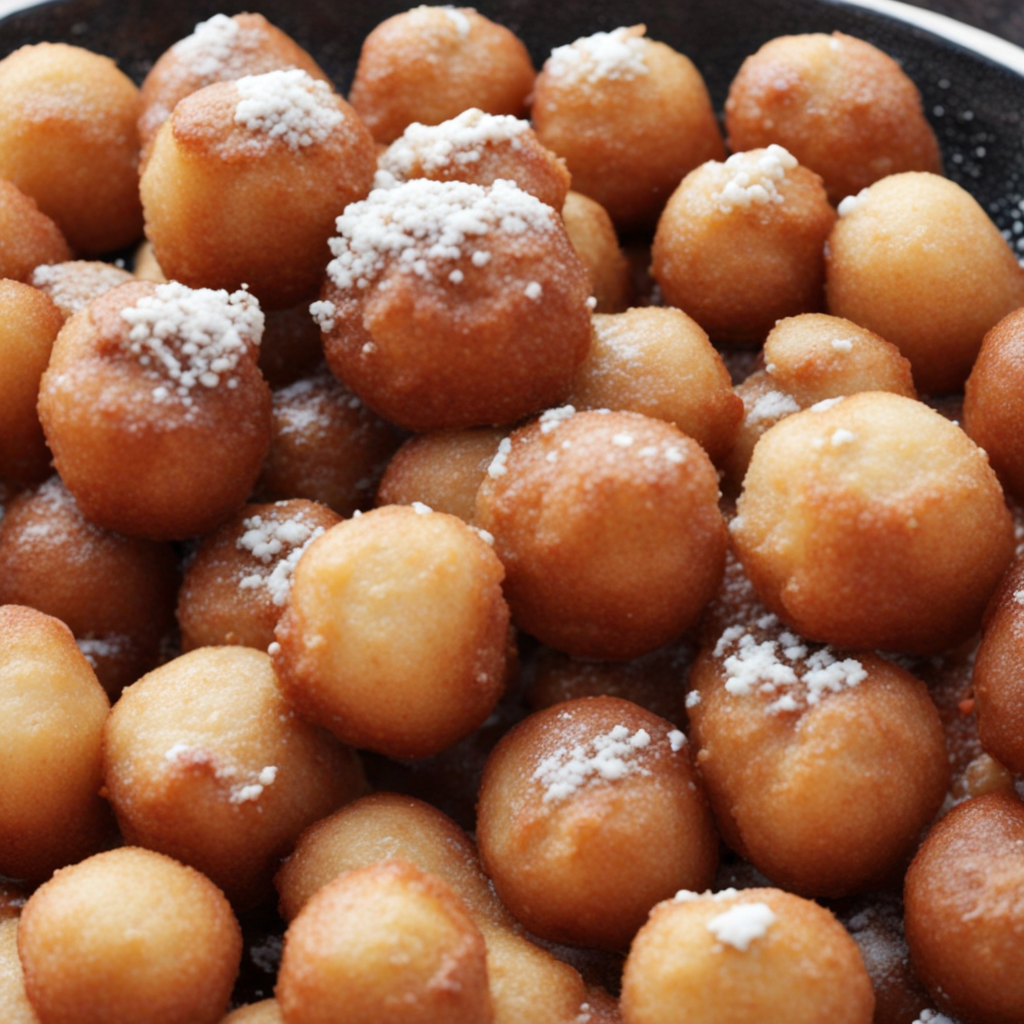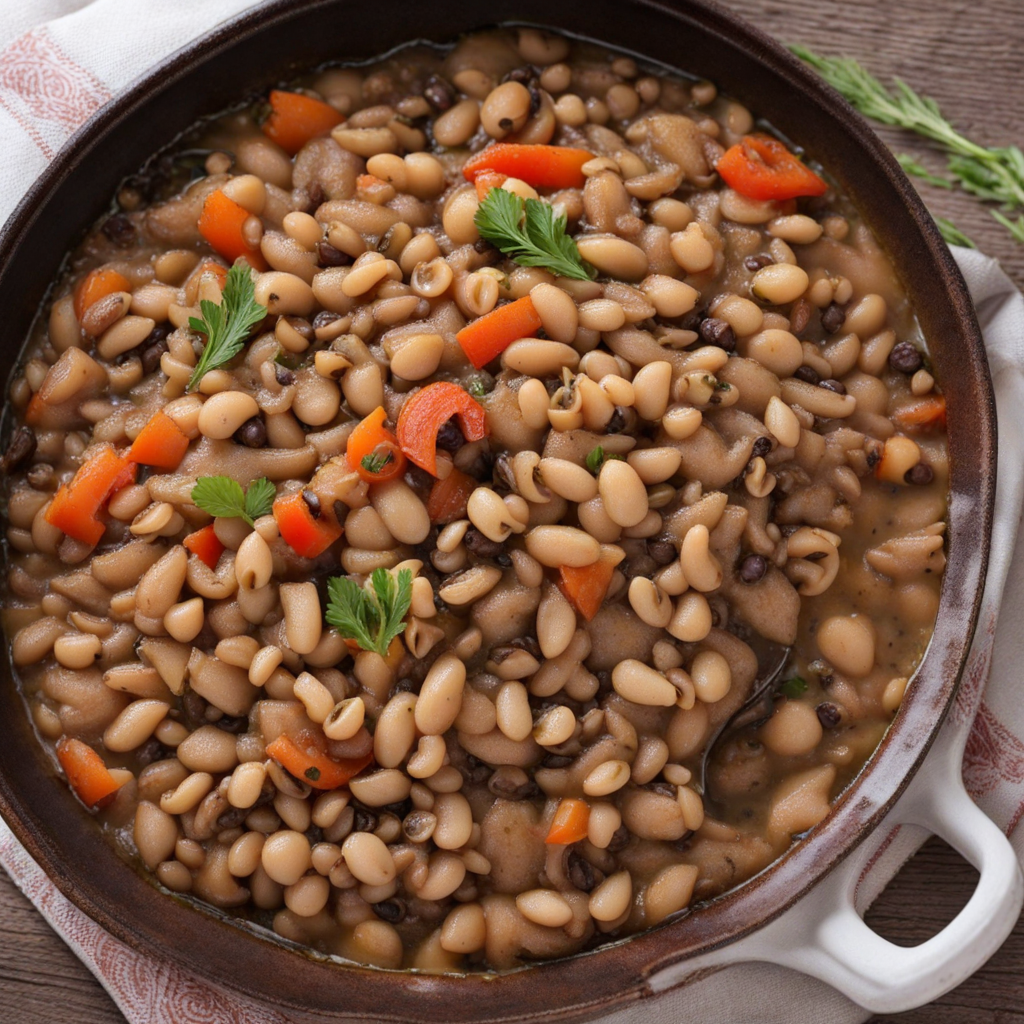Pastourmas
Pastourmas is a traditional Cypriot delicacy that showcases the island's rich culinary heritage. This cured meat is typically made from beef, although variations using pork or lamb can also be found. The meat is seasoned with a blend of aromatic spices, including fenugreek, coriander, and black pepper, which infuse it with a unique flavor profile. After being coated in a mixture of salt and spices, the meat is air-dried for several weeks, allowing the flavors to develop and intensify while achieving a distinctive texture that is both chewy and tender. One of the standout features of Pastourmas is its deep, robust flavor that balances the savory, slightly spicy notes with a hint of sweetness, often attributed to the natural sugars in the meat. The process of curing not only preserves the meat but also enhances its taste, making it a perfect accompaniment to a variety of dishes. It can be enjoyed sliced thinly on its own, paired with crusty bread, or used as a flavorful ingredient in salads, wraps, or pasta dishes, adding a gourmet touch to everyday meals. In Cyprus, Pastourmas is often served during festive occasions and gatherings, symbolizing hospitality and tradition. Its unique flavor and preparation method make it a conversation starter, enticing those who are eager to explore the culinary landscape of the Mediterranean. Whether you’re a seasoned foodie or a curious novice, discovering Pastourmas is sure to be a delightful experience that introduces you to the rich flavors and cultural significance of Cypriot cuisine.
How It Became This Dish
The History of Παστουρμάς: A Culinary Treasure of Cyprus #### Origins and Early History Παστουρμάς, a savory cured meat delicacy, is a hallmark of Cypriot cuisine, deeply woven into the cultural fabric of the island. Its origins can be traced back centuries, with its roots believed to lie in the ancient practices of meat preservation. The word "παστουρμάς" is derived from the Turkish word "pastirma," which itself has Ottoman connections, suggesting that the dish has undergone significant evolution influenced by various cultures. The earliest forms of meat preservation were essential for survival, especially in the Mediterranean region, where the warm climate posed a challenge for keeping meat from spoiling. Early Cypriots, much like their neighbors, utilized methods such as salting, drying, and smoking to extend the shelf life of meats. The utilization of aromatic spices and herbs in the curing process also reflects the resourcefulness of the island's inhabitants, who sought to enhance the flavor of preserved meats. #### Cultural Significance As a product of necessity, Παστουρμάς evolved into a dish of significant cultural importance. It became more than just a means of preservation; it transformed into a symbol of hospitality and communal bonding. Traditionally served during festive occasions, weddings, and family gatherings, Παστουρμάς represents the generosity of spirit inherent in Cypriot culture. In the Cypriot tradition, sharing food is a way of expressing love and care. The preparation of Παστουρμάς often involves family members coming together, reflecting the communal nature of food in Cypriot society. The making of this delicacy is an occasion that highlights familial ties and the passing down of culinary knowledge from generation to generation. The art of making Παστουρμάς is often a closely guarded family secret, with each household having its own unique recipe and method of preparation. #### The Development of Παστουρμάς The process of making Παστουρμάς is an intricate one that has evolved over time, adapting to both local tastes and the influence of trade and migration. Traditionally, the main ingredient is beef, typically from the hindquarters, which is seasoned with a mixture of salt, crushed garlic, and a variety of spices, including coriander and fenugreek. After being salted and spiced, the meat is air-dried for several weeks, allowing it to develop a robust flavor and firm texture. The flavor profile of Παστουρμάς is enhanced during the drying process, where the meat is exposed to the elements, drawing moisture out while concentrating the flavors. This technique not only preserves the meat but also imbues it with the aromatic notes of the spices used in the curing process. The result is a product that is both savory and complex, often enjoyed sliced thinly and served with bread, olives, and cheese. The introduction of the Ottomans to Cyprus in the 16th century brought with it new culinary techniques and spices, which further refined the production of Παστουρμάς. The Ottoman influence is evident in the use of spices such as allspice and cinnamon, which began to appear in recipes, adding a unique twist to the traditional flavor of the dish. This fusion of culinary practices illustrates how Παστουρμάς has been shaped by the various cultures that have inhabited or influenced Cyprus throughout its history. #### Modern Practices and Global Appeal In the contemporary culinary landscape, Παστουρμάς has maintained its popularity, both as an everyday staple and a gourmet delicacy. In recent years, there has been a resurgence of interest in traditional foods, with chefs and food enthusiasts seeking to reconnect with their culinary heritage. This has led to a renewed appreciation for artisanal methods of production, with many local producers returning to traditional techniques to create high-quality Παστουρμάς that honors the past while appealing to modern palates. The rise of the international food scene has also played a role in the global appreciation of Παστουρμάς. As the world becomes more interconnected, dishes like Παστουρμάς have found their way onto menus in fine dining restaurants and delis across Europe and beyond. Its unique flavor and historical significance have intrigued chefs and food lovers alike, leading to creative interpretations and pairings that highlight its versatility. #### The Future of Παστουρμάς The future of Παστουρμάς looks promising as younger generations of Cypriots embrace their culinary heritage. Many are taking up the mantle of their forebears, learning the traditional methods of preparation and exploring innovative ways to incorporate this beloved dish into contemporary cuisine. Moreover, the growing emphasis on sustainable food practices has led to a greater focus on locally sourced ingredients and traditional methods of production, ensuring that Παστουρμάς remains a vital part of the Cypriot culinary landscape. In addition, the increasing popularity of food tourism presents an opportunity for local producers and restaurants to showcase Παστουρμάς to visitors seeking authentic culinary experiences. Workshops, tastings, and farm-to-table dining experiences centered around this dish can help cultivate a greater understanding and appreciation for its cultural significance. #### Conclusion Παστουρμάς is not merely a dish; it is a reflection of the rich history and cultural identity of Cyprus. From its ancient origins as a means of meat preservation to its status as a cherished delicacy, Παστουρμάς encapsulates the spirit of community, hospitality, and culinary innovation. As it continues to evolve and adapt to contemporary tastes, this iconic dish remains a testament to the enduring legacy of Cypriot gastronomy, celebrating the past while embracing the future. Whether enjoyed at a family gathering or in a trendy bistro, Παστουρμάς serves as a delicious reminder of the island's storied history and the power of food to unite people across generations.
You may like
Discover local flavors from Cyprus


